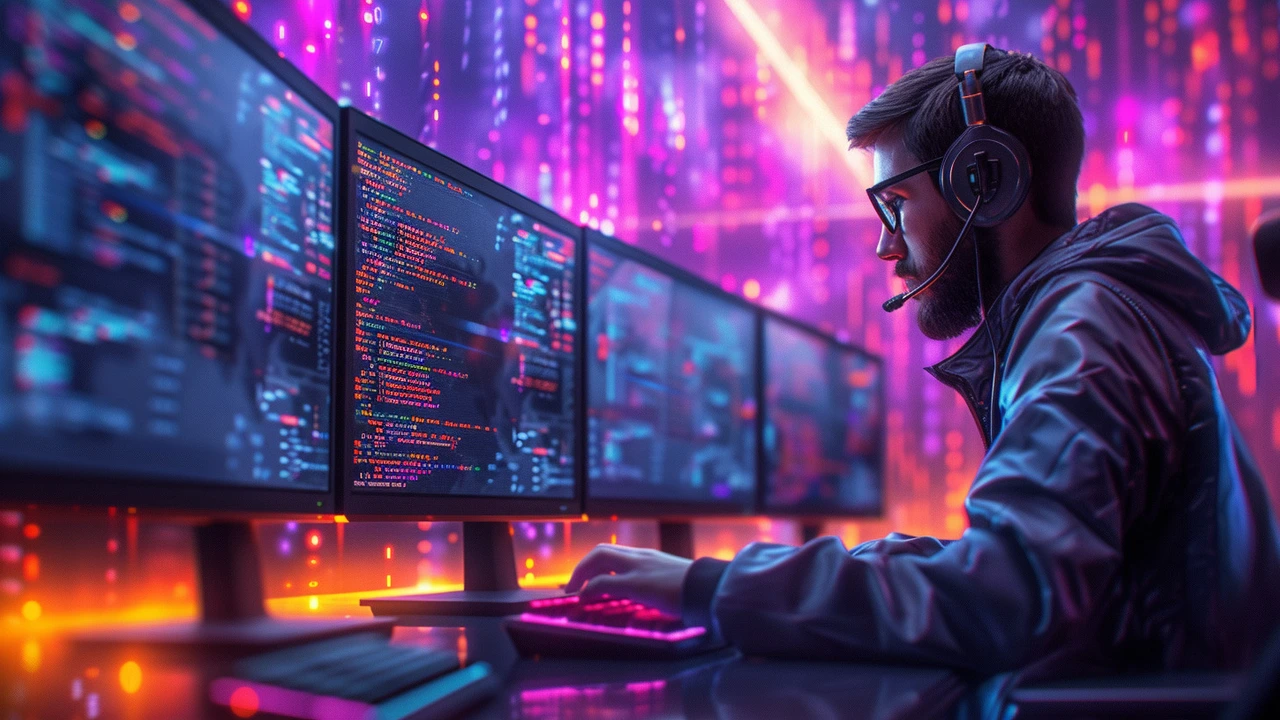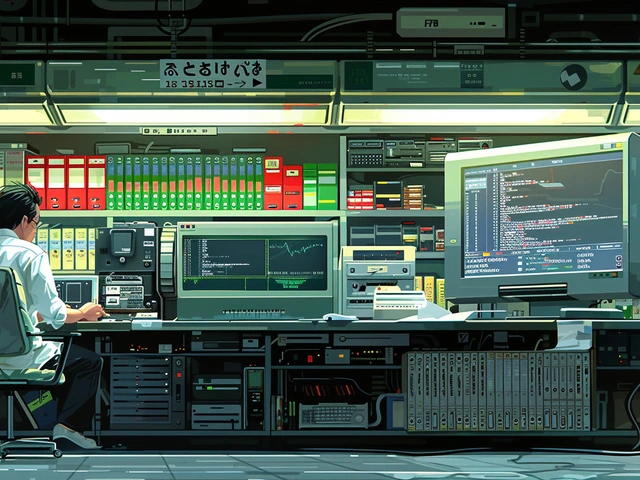The Ultimate Programming Tutorial: Code Your Way to Success

The Ultimate Programming Tutorial: Code Your Way to Success
Understanding the Basics of Programming
Let's start from the beginning. Before you can code your way to success, you need to understand the basics of programming. This involves an introduction to the concept of programming languages and how they work. Just like we communicate with each other using languages, computers also have their language. Programming is the art of creating and executing these computer languages to perform specific tasks.
Choosing the Right Programming Language
The next step in your programming journey is choosing the right programming language. There are many languages out there, each with its strengths and weaknesses. Some are easy for beginners, while others are preferred for advanced programming. In this section, we will explore popular languages like Python, Java, and C++, and help you decide which one suits your needs best.
Fundamentals of Coding
Once you've chosen your language, it's time to dive into the fundamentals of coding. This includes understanding basic constructs like variables, data types, operators, and control statements. Coding is like building a house. You need to know how to lay the bricks before you can build the walls.
Advanced Coding Techniques
After mastering the basics, we will move on to advanced coding techniques. Here, we will delve into concepts like data structures, algorithms, and object-oriented programming. These are the tools that will help you write more efficient and effective code.
Debugging and Troubleshooting
Writing code is only half the battle. The other half is making sure it works as intended. This section will teach you how to debug and troubleshoot your code, an essential skill for any programmer. We will also discuss best practices for testing and error handling.
Understanding Development Environments
Now that you're getting comfortable with writing code, let's talk about where you write it. Development environments are platforms or software where you can write, test, and debug your code. We will cover popular environments and help you choose the one that's right for you.
Software Development Life Cycle
Coding is a significant part of software development, but it's not the only part. Understanding the Software Development Life Cycle (SDLC) will give you a broader perspective of the software creation process. This section will cover the various stages of the SDLC, including requirement gathering, design, coding, testing, and maintenance.
Version Control and Git
As your projects grow, managing your code becomes more challenging. That's where version control comes in. In this section, we will introduce you to Git, a popular version control system. It will help you track changes, collaborate with others, and manage your developmental chaos.
Working on Real-World Projects
The best way to learn programming is by doing. This section will guide you through your first real-world projects. We will talk about how to approach a project, break it down into manageable parts, and execute it step by step.
Continuing Your Programming Journey
Finally, we will talk about how to continue your programming journey. Learning to code is an ongoing process. Even the most experienced programmers are always learning. This section will provide resources and tips to help you keep growing as a programmer.
I hope this guide provides you with a clear roadmap to coding success. Remember, the journey of a thousand miles begins with a single line of code. Happy coding!
About
CH Tech Development is a premier resource for the latest updates and insights in the world of technology development. We provide extensive information, articles, and guides on cutting-edge technological advancements. Explore our site to empower your knowledge about the dynamic field of tech development.
Latest Posts


PHP Tricks: The Secret To Enhancing Your Coding Efficiency
By Raymond Sterling Sep 21, 2023

Essential Coding Tips for Aspiring DevOps Engineers: A Comprehensive Guide
By Theodore Worth Mar 28, 2024

Harnessing AI for Business Success: Essential Tips and Strategies for Modern Entrepreneurs
By Larissa Bentley Feb 2, 2024

Write a comment